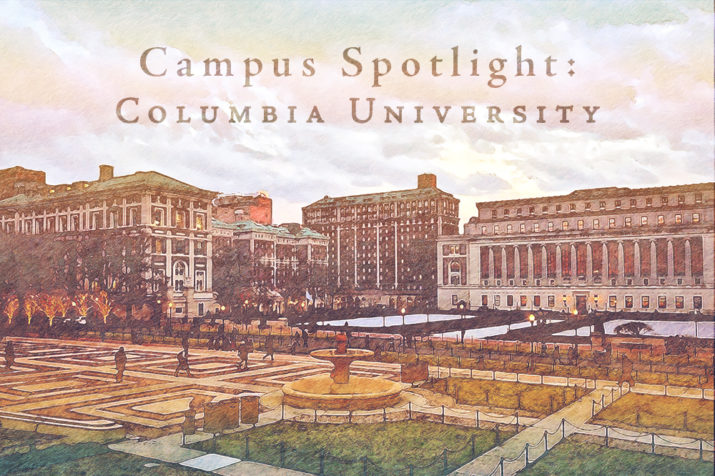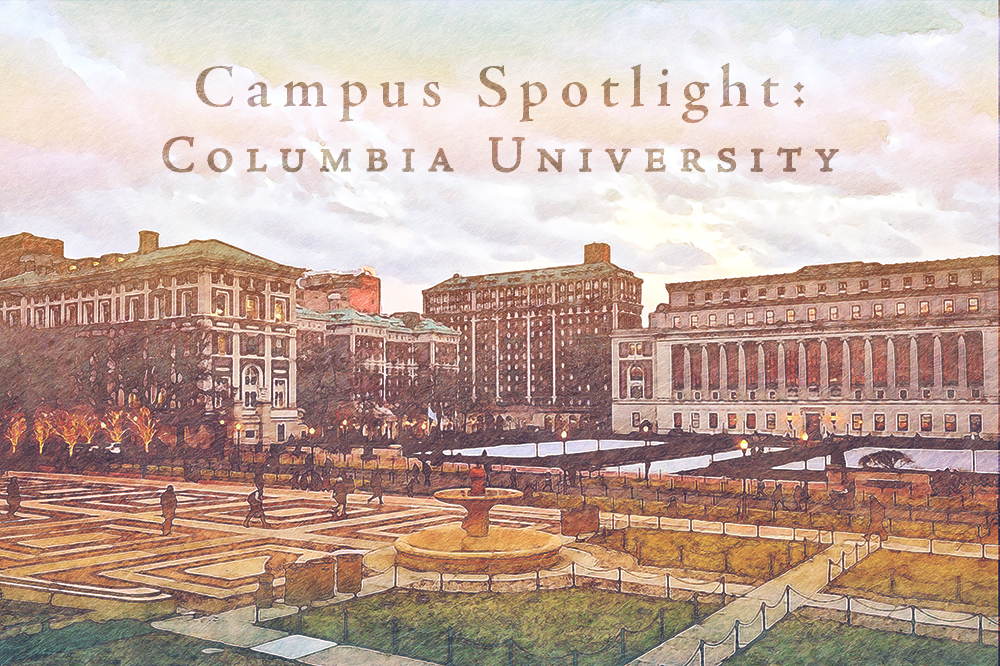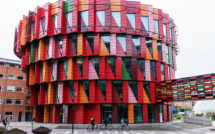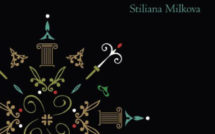

This is part of our Campus Spotlight on Columbia University and the Université Paris 1 Panthéon-Sorbonne.
Click here to read an earlier article on The Columbia and Sorbonne Collections of Antiquities.
Transatlantic Adventures: Parallel Heritages, Humanities in Action!
In 2019, converging research interests in the history of collecting and use of ancient artifacts at both Columbia University and the Université Paris 1 Panthéon-Sorbonne, led to a joint research project entitled Parallel Heritages, Humanities in Action! The Sorbonne and Columbia Collections of Antiquities. As highlighted in the special feature on Digitization of Memory and Politics in Eastern Europe, this project explores the histories of each university’s art collections and the role archaeological objects and plaster casts played in the education of art historians and archaeologists in the United States and Europe. Our project furthermore aims to stimulate research on the—largely understudied—antiquities collections at both institutions by adding a comparative dimension to the exploration of the parallel processes that led to the establishment of these collections at Columbia and the Université Paris 1 Panthéon-Sorbonne. Our comparative approach is not limited to an exploration of institutional histories and historiographies, but also addresses questions of the legal status of collections in the United States and in France and issues of local policies governing their administration and care. It was our expectation that such an approach would create opportunities for cross-disciplinary and cross-institutional research, the exchange of knowledge and know-how among faculty members engaged in object-based research, as well as the potential for students interested in curatorial and art conservation careers.
A Columbia University Global Humanities Grant allowed us to mount two week-long research seminars in New York and Paris in the spring and fall of 2019 to provide a select number of faculty members and graduate students at each university the opportunity to present to each other their respective university’s collection and research currently underway on specific objects and object groups, thus providing a forum for interdisciplinary exchange and first-hand exploration of each antiquities collection.
We already reported on the first research seminar, held at Columbia University from March 4–8, 2019. The second research seminar, held in Paris from November 4–5, gave Columbia students and faculty an opportunity to examine the Sorbonne’s collection of ancient artifacts, rare books, and special collections, visit the university’s plaster cast collection at the Galerie des sculptures et des moulages at the Petite Écurie at Versailles, and discuss both the history and ongoing research on these collections with a group of French colleagues and peers at the Institut d’art et d’archéologie and at Columbia University’s Global Center Paris at Reid Hall.
Our collaboration has already laid the foundations for a better understanding of the historical connections and divisions between European and American institutions of higher education and learning, their history of collecting antiquities, and their use of casts and historical artifacts as tools for teaching and research. It has also, as a result of the ongoing pandemic, led to the development of new virtual teaching formats that allow for learning and research activities across the Atlantic. Supported by the Alliance Program, an innovative academic joint-venture between Columbia University and three major French Higher Education Institutions, namely the École Polytechnique, Sciences Po, and Paris 1 Panthéon-Sorbonne University, and taught by Professor Alain Duplouy, the graduate seminar Interpretive Archaeology: Historiography of the Ancient World was offered to both Columbia and Paris 1 Panthéon-Sorbonne students as a joint online course to study interpretive models applied by classical archaeologists to material culture since the late nineteenth century. These models reflect contemporary debates in classical historiography, implying more general ideas on social structure, economy, politics, etc., which also correspond to national trends. The “transatlantic” tone of the seminar therefore offered an opportunity to focus on specific French or Anglo-Saxon approaches and their similarities and differences.
This special campus feature presents the syllabus of Alain Duplouy’s transatlantic seminar, a conversation between Roberto Ferrari, Curator of Columbia University’s Art Properties Collection, and doctoral student Maria Dimitropoulos, as well as three essay of Columbia doctoral students that highlight preliminary findings on the Columbia collections of antiquities that resulted directly from our Parallel Heritages, Humanities in Action! project.
- “Parallel Thoughts: A Conversation about Columbia University’s Art Properties Collection and the Educational Experience” by Maria Dimitropoulos
- “New Impressions and Future Directions: Columbia University’s Collection of Ancient Western Asian Seals” by Majdolene Dajani and Erhan Tamur
- “The Search for the Origins of the Argive Fragments in Columbia’s Young Collection” by Monica Bulger
- “The Antefix in Art Properties: Van Buren’s Gift” by Joseph Woldman
- “Syllabus: Interpretive Archaeology” by Alain Duplouy
Holger A. Klein is the Lisa and Bernard Selz Professor of Medieval Art History at Columbia University. He was educated at the universities of Freiburg im Breisgau, Munich, London, and Bonn. His research focuses on Late Antique, Early Medieval, and Byzantine art and architecture, the cult of relics, history of collecting, and issues of cultural and artistic exchange.
Alain Duplouy is Reader in Greek archaeology at the Université Paris 1 Panthéon-Sorbonne. A former Dean of the Faculty of Art history and archaeology, he was the Chancellor’s delegate for the university real estate and cultural heritage until the end of 2020. He has led archaeological fieldwork programs in Greece (Itanos) and Italy (Laos and Pietragalla) and has published extensively on elites and citizenship in archaic Greece.
Published on May 11, 2021.




